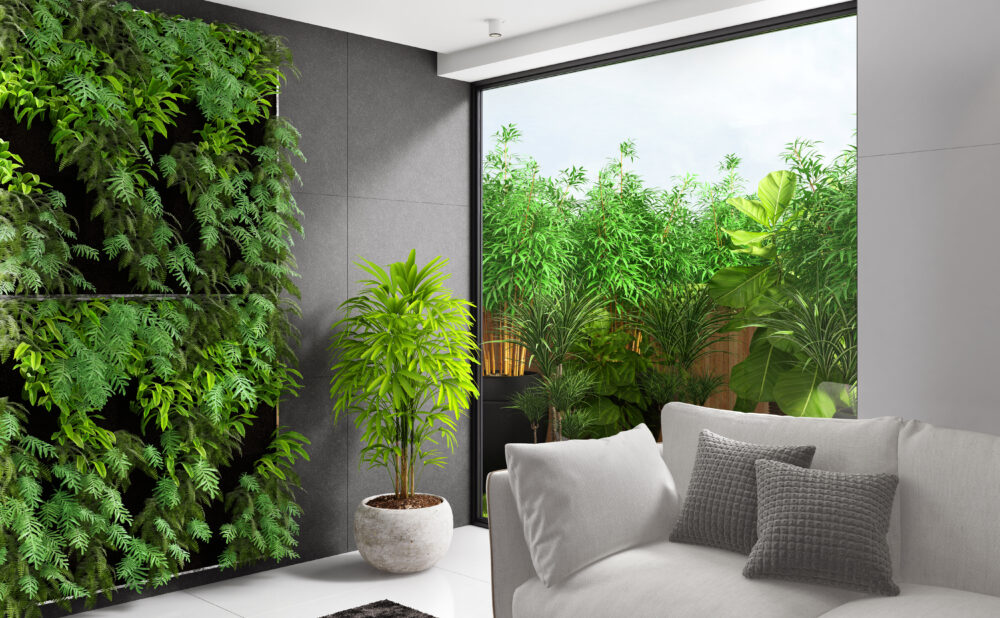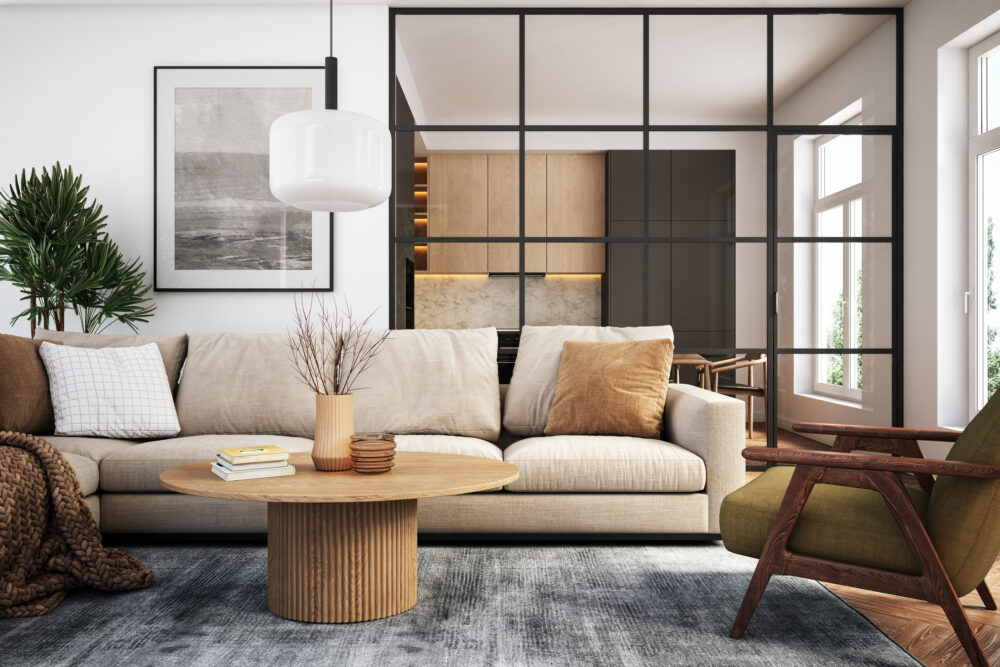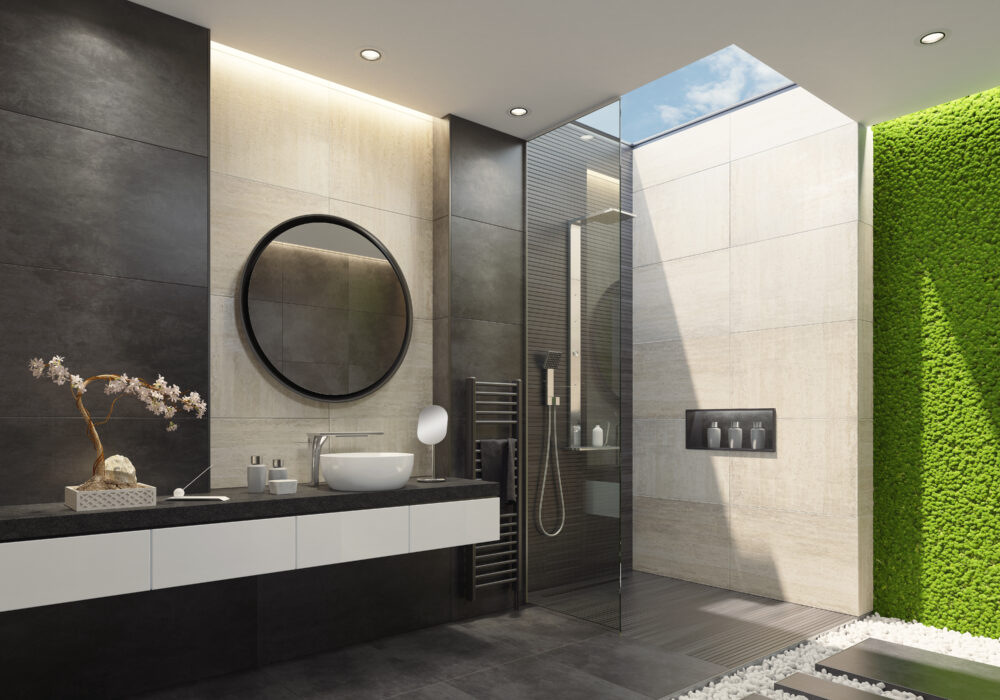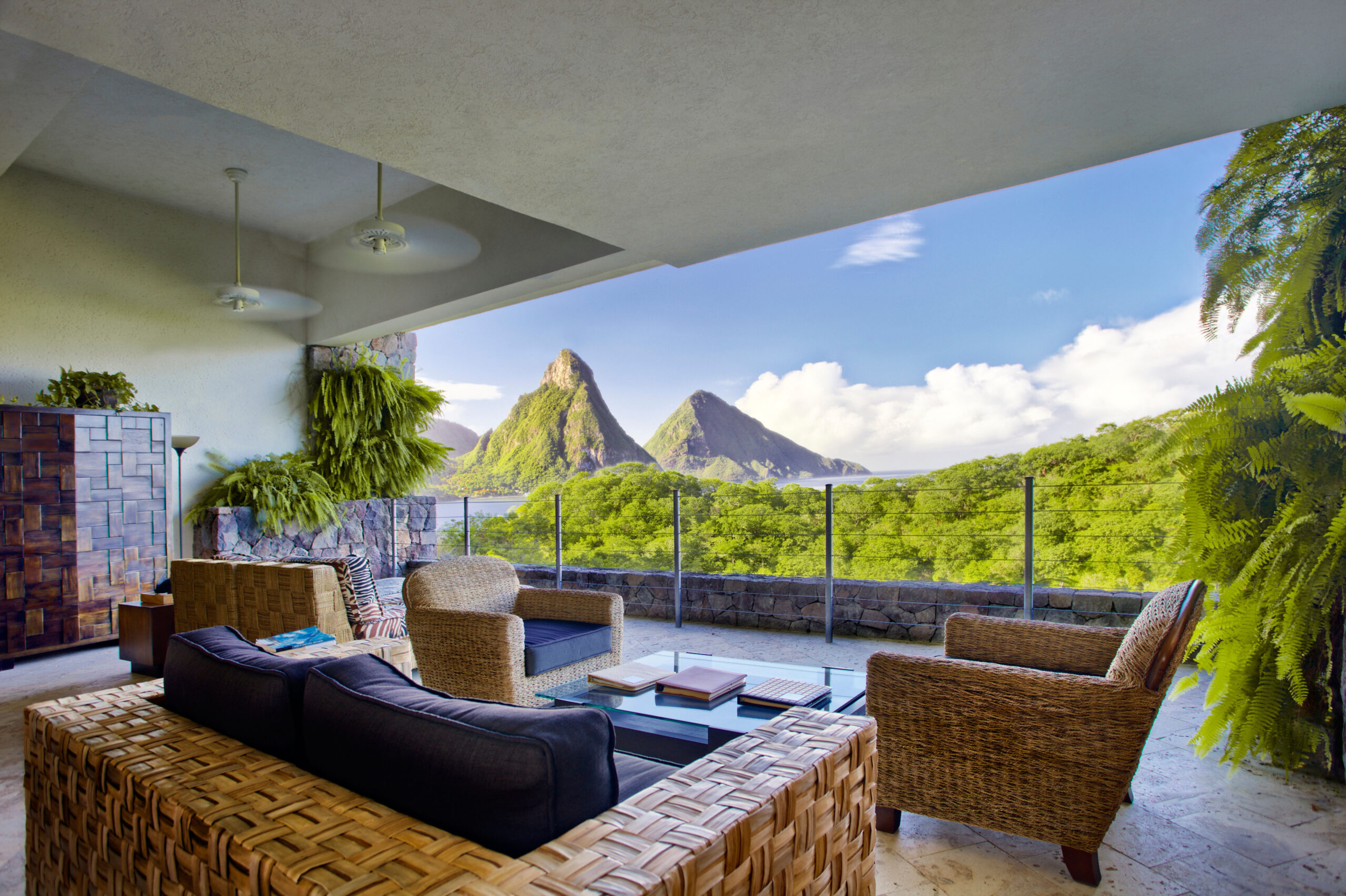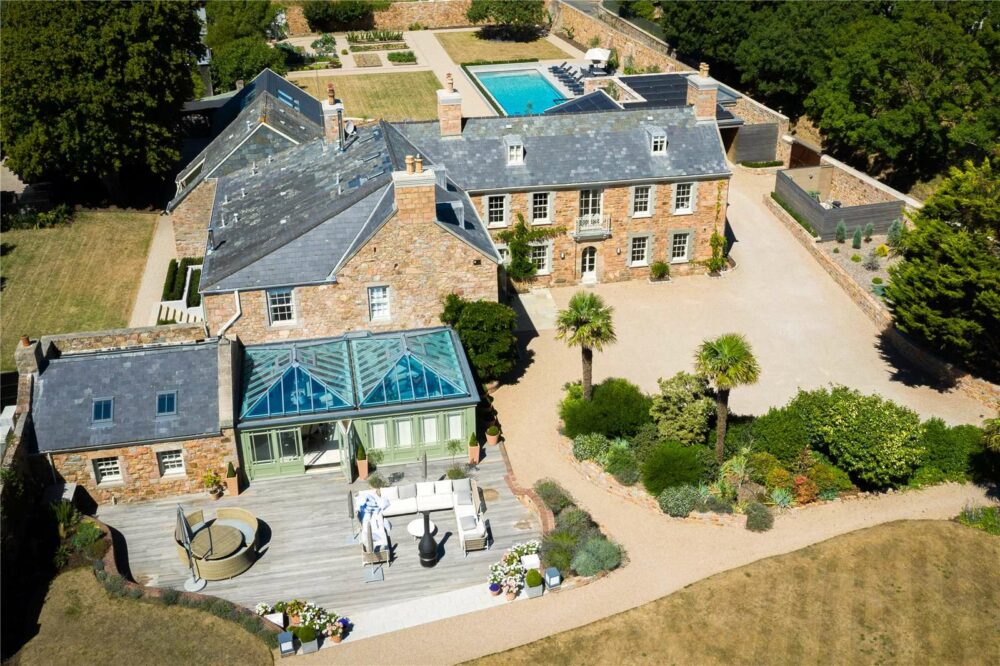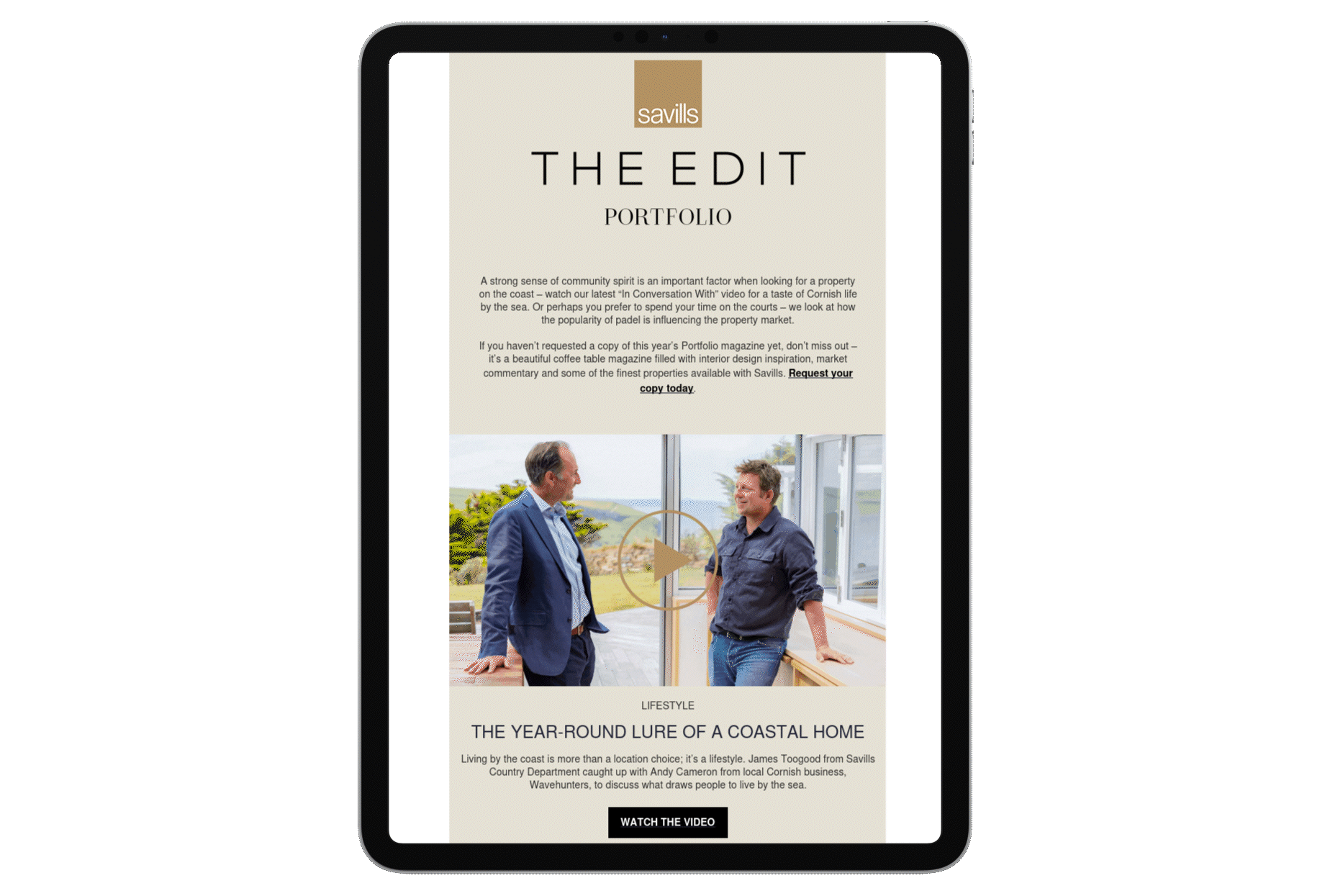Luxury in the home was once about glossy finishes, statement furniture and design accessories. Today, however, it’s more about a light-filled yoga space that opens onto a garden, or a tranquil nook with living green walls that block out the urban landscape beyond.
Wellness in the home – creating a place that nurtures and recharges the people who live within its walls – has become one of the strongest trends in architecture and design. The most sought-after residential luxury developments have floors dedicated to infinity pools, state-of-the-art gyms and saunas. Within the home, showers double as steam rooms, indoor pools have artificial currents for an aquatic workout and gyms are spacious enough for a yoga mat, a Peloton and weights.
Yet the wellness trend goes beyond these traditional features. “What is most important is defining what kind of space a person needs to recharge, then tailoring it to this need,” says Stephen Parkes of Design Works Studios. “Some people want a quiet space where they can sit in the sun, read a book and forget the world. Others want to physically move and work up a sweat.”
Open-plan spaces have been replaced by broken-plan layouts that allow areas to be closed off or opened up according to their use. “We recently created a sunken living room that gives a different sense of space within a larger area,” says Samuel Pye of the architectural design studio Echlin.
Regardless of the type of room, architects and designers agree that the key to wellness is natural light. Research shows that it improves circadian rhythms and quality of sleep, and can make people feel happier. Pye is a fan of skylights: “They are a fantastic way to bring in light consistently, and create a real feeling of calmness and serenity. Not just in main living spaces, but in ancillary rooms – a stone wall washed with natural light in a bathroom, for instance.”
The renewed popularity of houseplants highlights the importance of nature in reducing stress and anxiety. “Outside, planting with year-round schemes gives greenery throughout the seasons, and particularly useful in cities are living walls, which fill a view with green,” says Pye. “Inside, plants are a connection to the outdoors.”
This desire to bring the natural world inside also influences the materials used in home interiors. Wood, for instance, is believed to reduce stress and even lower the heart rate, based on studies carried out in Norway, Japan, Canada and Austria. “Research has also found that looking at images with a high fractal content – repetitive shapes and patterns found in nature – increases the brain’s production of feelgood alpha waves,” says Joanna Thornhill, author of The New Mindful Home: And How to Make It Yours. “Introduce natural fractal patterns through decorative items such as pressed leaves in a frame, shell and pine-cone-shaped objects, and even animal print.”
Tactile finishes can engender a feeling of wellness and calm. Introduce natural materials such as “woollen carpets, solid timber floorboards instead of veneer and kitchen worktops in granite or quartz”, Parkes advises. “And in specific areas such as a kitchen island, a butcher block-style worktop in thick oak, with cuts and scores, adds character as it ages.”
“We are moving away from expensive lacquered materials and polished finishes,” says Pye, “and instead choosing honed stone and patinated metal, materials that offer deeper textures and layers.”
Natural materials give out lower levels of toxic gases, as do water-based paints, which were once niche but are now the preferred “natural” choice. “Different materials release different chemicals into the air,” says Parkes. “It’s being conscious of what you surround yourself with, as well as bringing in warmth and light.”
Finally, embrace technology. “Smart lighting, for example, can create moods and environments, enhancing the feeling of home,” says Parkes. “It might seem gimmicky, but it can make life so much easier.”
Pictures from top: a serene bathroom (unsplash); bringing the outside in with a green wall and views onto a plant-filled garden (Getty); muted tones and textures in a calm sitting room (Getty); natural materials in this walk-in shower with a skylight and living wall (Getty); taking open-plan one step further by removing the external wall for views of the Pitons in St Lucia (Alamy)


